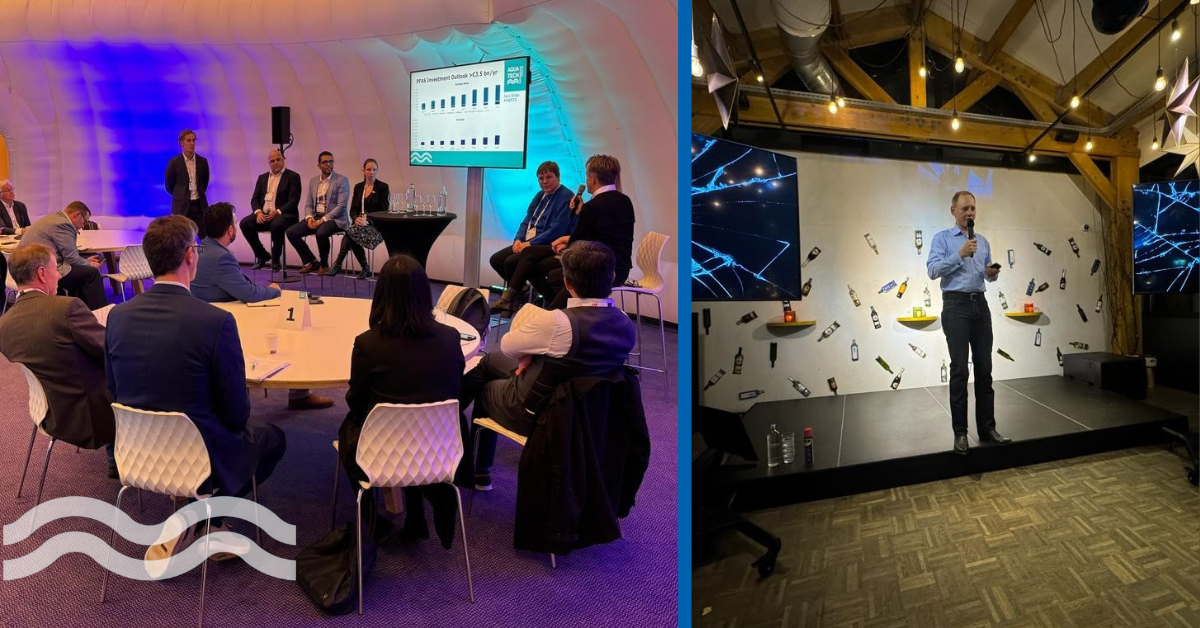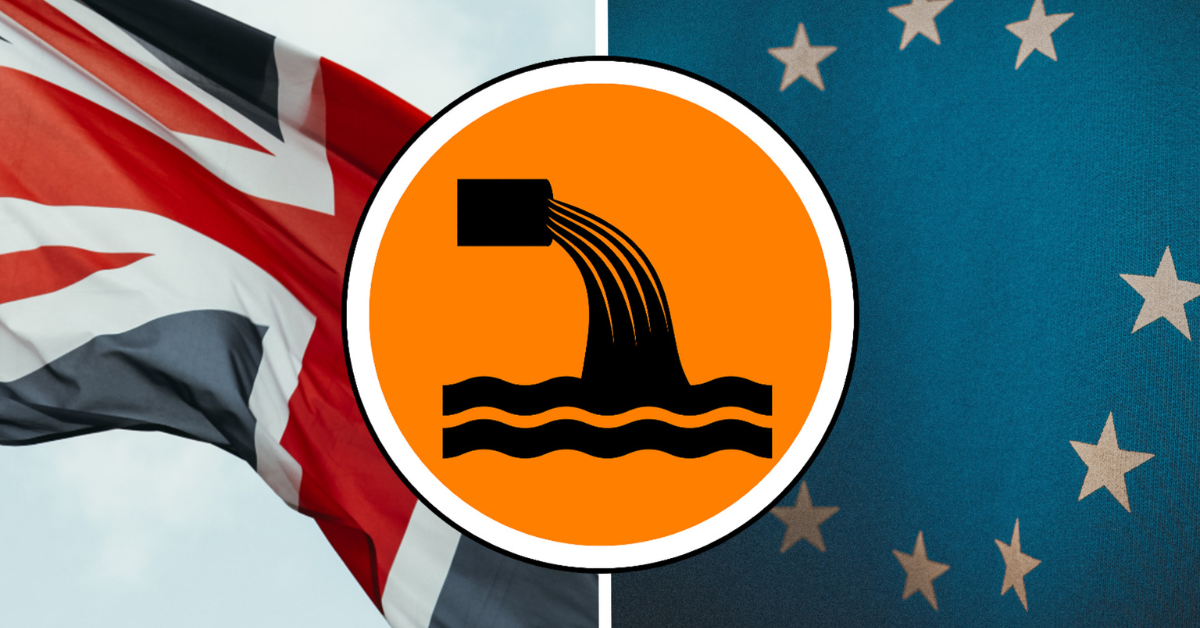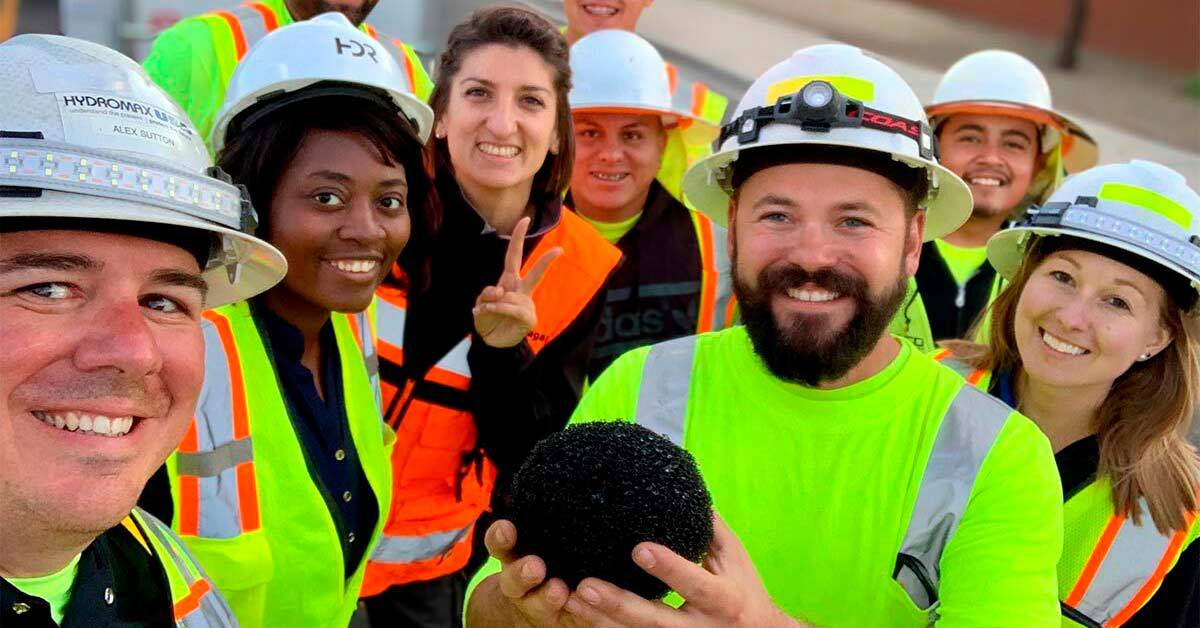Smart sewer collaboration links US-UK to reduce storm overflow pollution events
A US-UK partnership is deploying a suite of digital technologies to develop new ways of maximising underground assets, resulting in a significant reduction in the potential for storm overflows.
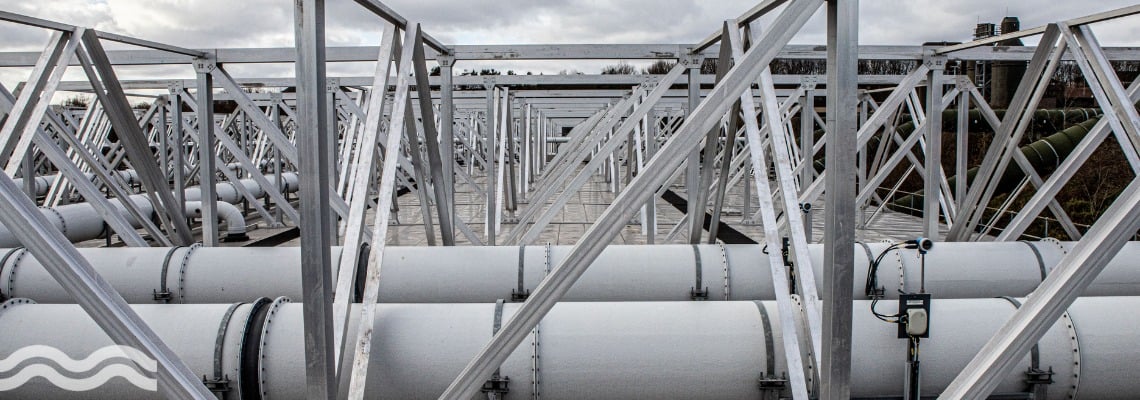
Smart sewers proven to reduce storm overflows
The project is a partnership between US-based smart water consultancy HydroDigital and UK-based utility Northumbrian Water.
In total, the project marks a €23 million investment in a combination of new technology, sensors and AI analytics designed to reduce spills from storm overflows across Tyneside, one of two regions in which the utility operates, which the partners are calling the first of its kind in the UK.
Tony Baines, wastewater treatment manager at Northumbrian Water, told Aquatech Online: “The project is all about reducing storm overflows in a transformational way. We weren’t looking to build anything new; it’s about using digital technology to develop new ways of maximising the use of the underground assets we currently have to reduce the storm overflow.”
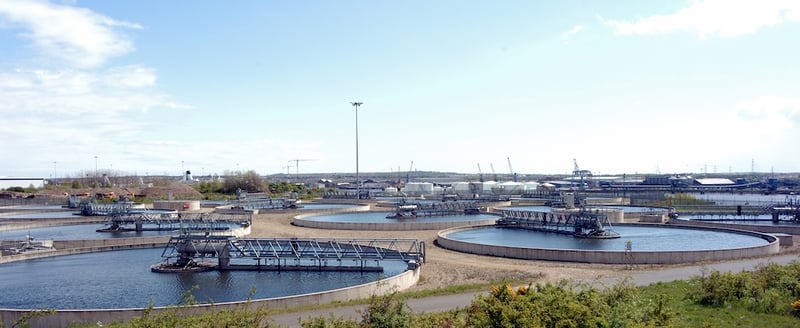
Solutions proven in the US
HydroDigital’s smart sewer technology solution has already proven successful in the US. In South Bend, Indiana, a combination of sensors, AI analytics, and control measures was installed in a section of the city’s wastewater network. The aim was to reduce the number of spills from storm overflows.
The results were impressive; over 10 years, the city saw an 80 per cent reduction in the number of overflow spills.
HydroDigital’s work at South Bend has been developing over a long period. The company’s co-founder, Tim Ruggaber, told Aquatech Online: “For about 20 years, my business partner and I have been implementing the system, understanding all the intricacies of putting a smart network together.”
This experience and the impressive results gained in South Bend eventually led to Northumbrian Water contacting HydroDigital.
“There was a lot of potential working with Northumbrian Water, there was a lot of excitement that the culture was right to be able to take on innovation and be able to understand what's required to get it there and be able to do what is required to get it there.”
How will the smart sewer work?
The smart sewer project involves placing a mix of AI technology and 75 smart sensors, with 35 control locations, along sewer pipes. The smart technology predicts when and where rain is about to hit in the region and when and where the sewer networks are more likely to reach capacity and spill.
With this intelligence, Northumbrian Water will be able to make changes to the direction of the wastewater and move it around the sewer network to areas with capacity. By doing so, this reduces the probability of a spill occurring.
Another benefit of the solution is that it can identify areas where additional capacity is needed. This allows investment to be targeted at certain areas and infrastructure that will produce the best results.
A digital twin of the entire sewer network provides another prediction tool that runs ahead of time, offering more control over the system.
Trust in the process and positive results
Baines described the stages of the project: “There's a three-stage process. There's turning the lights on, which is all about gathering new data and new intel to allow us to understand what's happening within the network.”
The second phase involved creating and running digital twins: “This uses machine learning elements and physics-based models. It's running complex simulations to allow us to understand what's happening within the network, with inputs coming from the sewer levels as well as rainfall forecasting.”
The third stage involved developing strategies that can be implemented across different rainfall patterns for different outcomes.
Baines added: “The project has been running since February 2025 and has already proven its effectiveness. We've seen some really positive results in terms of reducing storm overflows.”
Luis Montestruque, principal at HydroDigital, added: “This project will set a global standard in how water companies use smart sewer technology to reduce spills at a fraction of the cost and time needed by traditional engineering solutions.”
Why is it critical to tackle storm overflows?
Storm overflows are designed to release water in exceptional circumstances, when the sewerage system is at risk of being overwhelmed, such as during periods of ‘unusually heavy’ rain or snowfall. This is to prevent sewage flooding into people’s homes.
However, the issue of storm overflow spills has regularly made headlines in the UK, with water watchdog Ofwat proposing fines totalling €194m in 2024 following a year in which spills more than doubled.
According to Ofwat, the penalties were related to ‘their management of wastewater treatment works and wider sewer networks, including their operation of storm overflows’,
As far back as 2022, a report by Jacobs suggested that the UK has fallen behind Europe in managing storm overflows through policy and regulation. The recent Independent Water Commission Report was critical of the UK’s utilities for pollution spillage, but recognised that some of the increases in reported events can be attributed to the employment of better monitoring techniques.
Northumbrian Water has already adopted the use of AI, including for the River Deep Mountain AI project, which used digital models to tackle pollution in local rivers.

